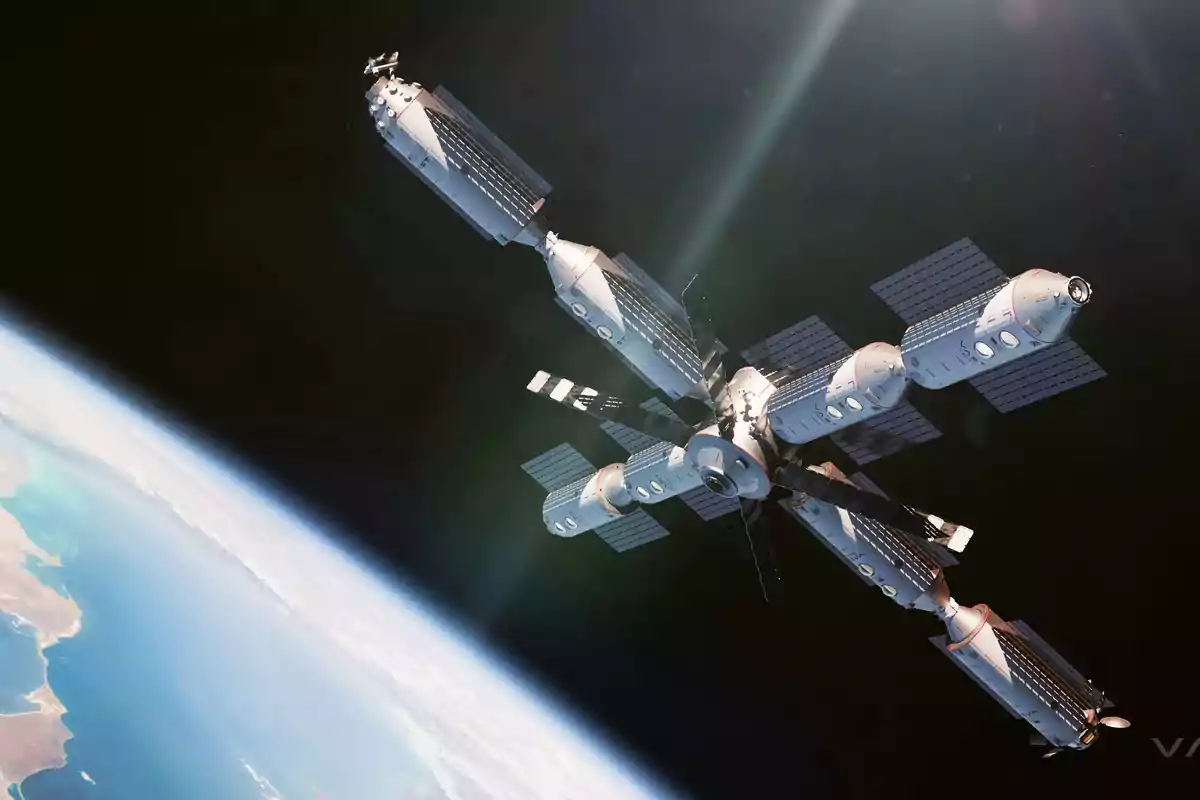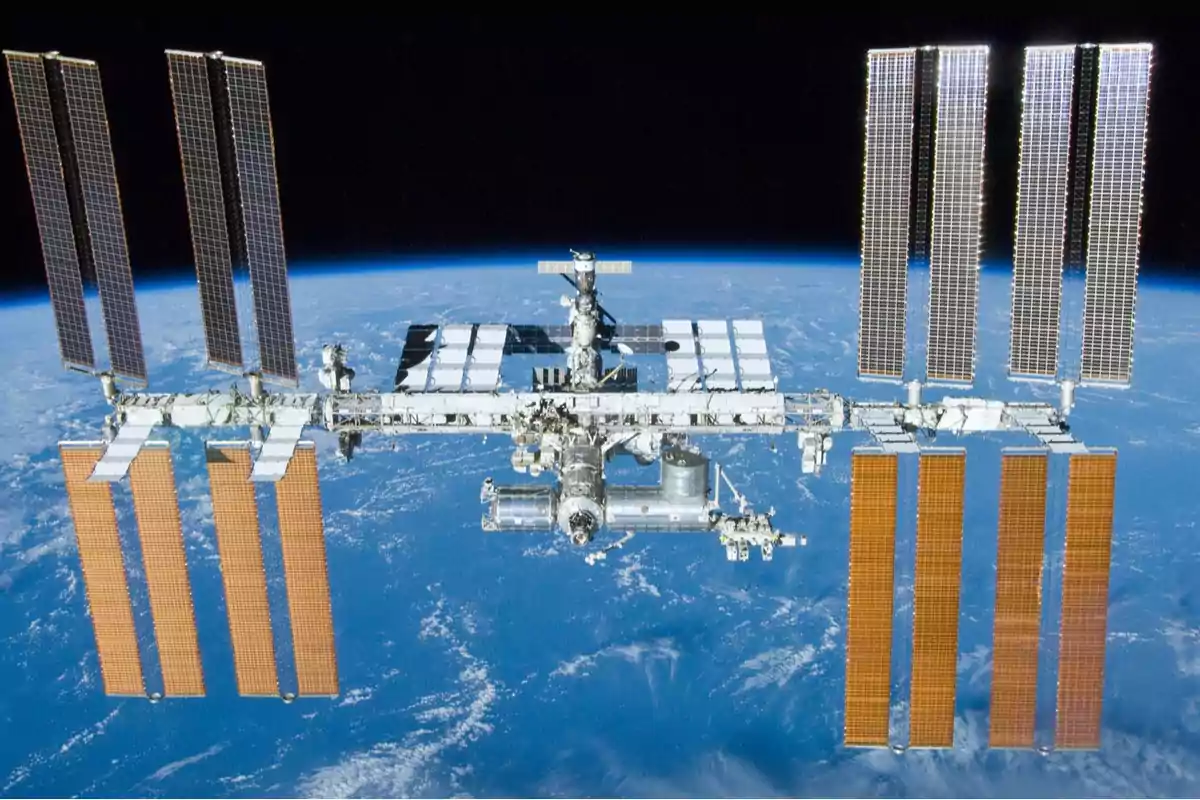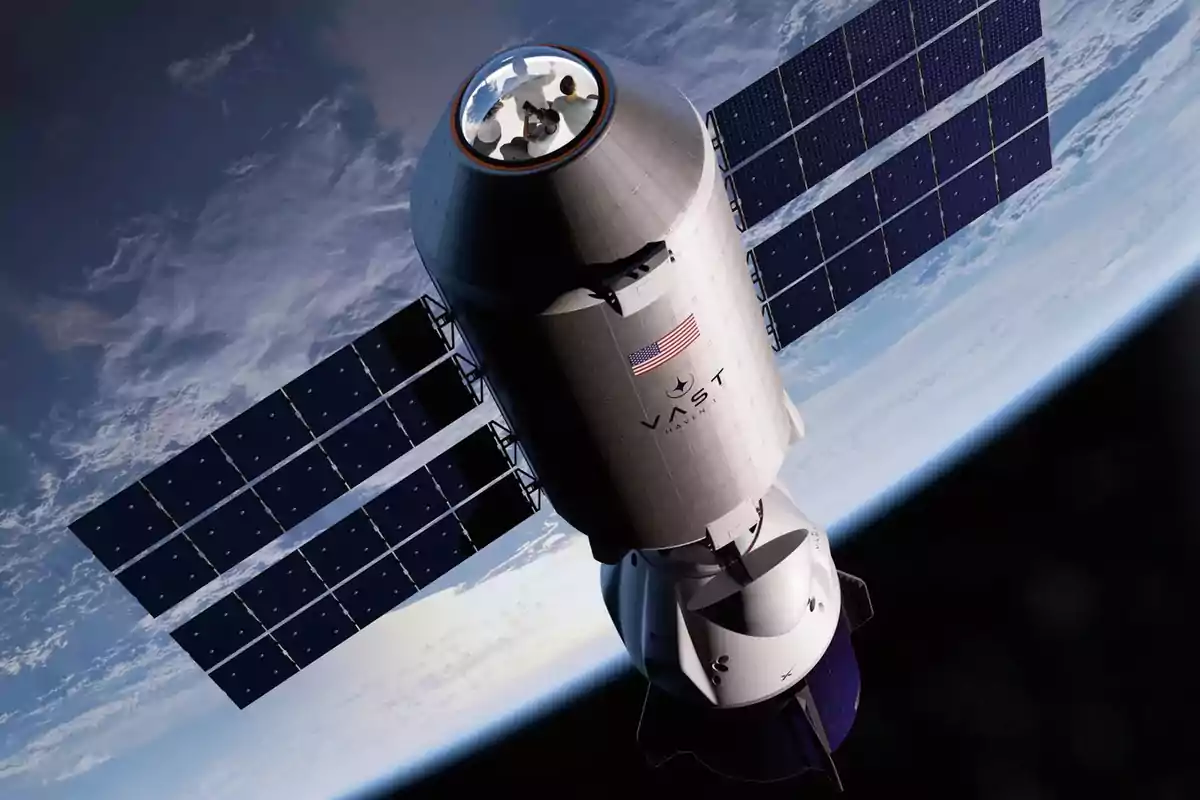
They seek to replace the International Space Station with a private space station
Vast company competes to take control of the functions currently operated by NASA's ISS
Jed McCaleb, the crypto world billionaire known for co-founding Ripple Labs and the defunct exchange Mt. Gox, is allocating up to one billion dollars of his personal fortune to develop a private space station that could eventually replace the International Space Station (ISS), which NASA plans to decommission by 2030.
The aerospace company Vast, created by McCaleb in 2021, aims to become the main commercial partner of NASA to ensure the continuity of human presence in low Earth orbit once the ISS era ends.
The flagship project is Haven-1, a small-sized space station currently in the design and testing phase in Mojave, California.
In an interview with Bloomberg in March, McCaleb explained that his initiative goes far beyond space tourism or signing contracts with companies. "I think we'd be in a much better position if billions of people lived off Earth," he stated, adding: "Humanity needs a new frontier. Without it, everything becomes a zero-sum game."

Vast is part of the group of private companies competing to take over the functions currently operated by the International Space Station (ISS). NASA's collaboration with private sector companies, such as SpaceX, owned by entrepreneur Elon Musk, reflects the importance of these partnerships for the agency's future missions, and Jed McCaleb's startup seeks to play a significant role in that transition.
Vast's plan
The first step in Vast's plan is Haven-1, a compact space station with a capacity for four people. The firm has secured a launch on a SpaceX Falcon 9 rocket, scheduled for May 2026, after postponing its initial target, which was August 2025.
It is known that Vast relies on technology developed by SpaceX, including both the rockets and the systems for crew transportation. After the launch of Haven-1, a two-week mission will take place, during which a SpaceX Dragon capsule will transport four astronauts to the station and then safely return them to the planet.
Vast's president, Max Haot, explained that the goal of this demonstration is to show that the company is ready to position itself as a candidate before NASA, even ahead of other firms in the sector.

Meanwhile, the company is already working on its next-generation space station, Haven-2, which is expected to begin assembly in 2028. Haot detailed that the main module will be ready by 2030, offering NASA a two-year window for testing while the ISS remains operational.
Haven-2 will represent a significant improvement over Haven-1, including two docking ports and double the internal pressurized space.
The full version of Haven-2 will feature eight modules. The core will be launched using the SpaceX Starship system and will incorporate a 7-meter diameter design, a robotic arm, an airlock for spacewalks, and more docking options.
The first four modules will be adapted to this architecture, and another four will be launched between 2031 and 2032. Once completed, the station will offer a habitable volume of 550 cubic meters, surpassing the current ISS's 388, and will be able to accommodate up to 12 people.
McCaleb noted that he plans to fund the development of the new station on his own and is not currently seeking external investment. "There aren't many people willing to commit so many resources, time, and take on the level of risk that I'm willing to accept," he declared.
More posts: